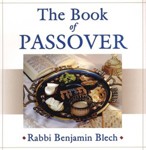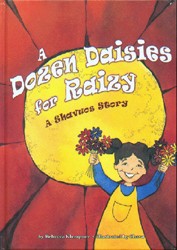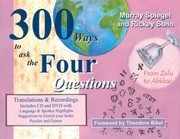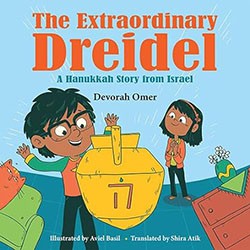The ability to capture and captivate an audience, while at the same time transmitting the eternal verities of Judaism, is an art. The sermons of great preachers can remain exciting even when reduced to writing. Orthodox Judaism in the early 20th century was conveyed to many immigrants and first generation Americans from the pulpits of some dynamic speakers. Powerful preachers like Rabbis Leo Jung, Joseph Lookstein, and Harry Wohlberg paved the way for the many young rabbis trained by Rabbi Joseph Soloveitchik to sally forth starting in the 1940’s.
Rabbi Zvi Dov (Harold) Kanatopsky was one such rabbi. The 1940’s, 50’s and 60’s were critical years for the survival of Orthodox Judaism in America. Rabbi Kanatopsky in Crown Heights, Brooklyn and his colleagues like Rabbi Fabian Schoenfeld in Queens, Rabbi Maurice Wohlgelernter in Upper Manhattan, Rabbi Herschel Schachter in the Bronx and many others, met the challenge of making Orthodoxy a success in America. When one considers that most congregants were not yeshiva trained nor even fully observant, the challenge was indeed daunting.
This is the third volume from Rabbi Kanatopsky, and the second one of his sermons. Artfully edited by a devoted student, David A. Zomick, these sermons (mostly from the 40’s and 50’s) reflect the difficult times of the post-Holocaust years and the struggle for Israel’s independence. The major themes revolve around the three pilgrimage festivals, yet each time there is a timely message and observation about contemporary events. Rabbi Kanatopsky was a master pedagogue and he brought his congregation with him on his journey through traditional sources to bring home a point. Atrue scholar doesn’t need to dazzle, but his mastery of rabbinic texts is clear and his interpretations as brilliant as they were uncompromising.
He railed against spiritual mediocrity (Pesach, 1956) and bemoaned excess materialism (Sukkot, 1955). He found new meaning in the rituals and holiday symbols and was exceptionally creative as he expounded various midrashim. He preached against hypocrisy (Shavuot, 1945) and set standards for leadership (Pesach, 1945, 1949). He defended the importance of a tradition in the new State of Israel (Sukkot, 1948) and the need for Torah values (Shavuot, 1958).
He was successful and accomplished his goals. He won the hearts and minds of his congregation. Many prominent Orthodox laymen and rabbis owe their religious development to Rabbi Kanatopsky. Although edited from notes and devoid of homiletical fervor, one can sense the passion of these words even if you never heard Rabbi Kanatopsky deliver a sermon, watched his eyes, or listened to his cadence. The messages are timeless. The words can still evoke a sense of currency fifty and sixty years after first being delivered.
David Zomick has done us a great favor by bringing these sermons to the American public, which may take for granted that which was by no means assured in the post World War II era.





